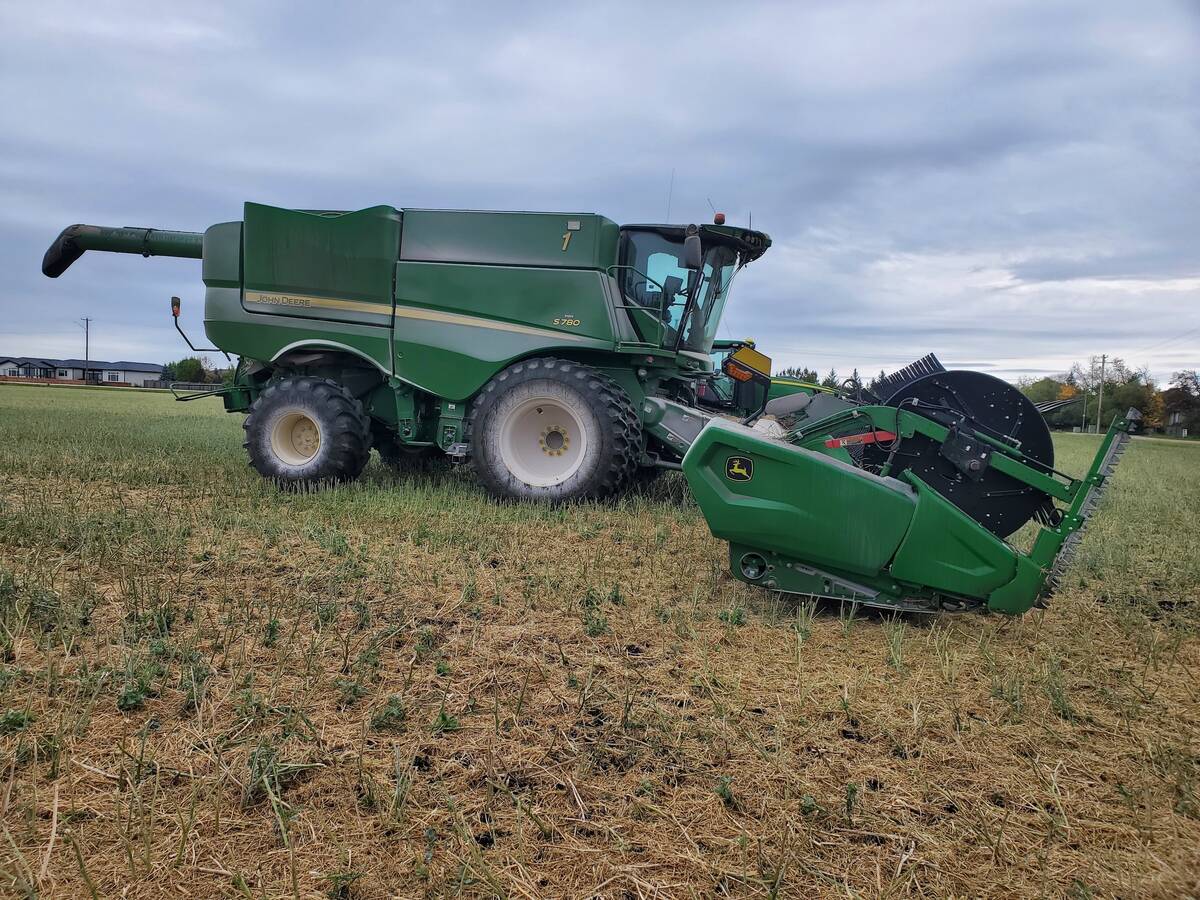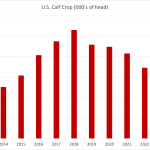WINNIPEG (Reuters) – If the wet forecast proves accurate for the second week of June in waterlogged Saskatchewan, farmers in Canada’s top crop-growing province are unlikely to plant much more this spring, said a Saskatchewan Agriculture official.As of June 7, planting progress improved only three percentage points from last week’s disappointing 59 percent completion in Saskatchewan, leaving it far from the five-year average of 87 percent, said Grant McLean, Saskatchewan’s cropping management specialist.Much of Saskatchewan was expected to get rain June 7-8 and again later in the week, according to Environment Canada.Such conditions would keep farmers from their fields and further delay seeding, McLean said.”There’s large portions of the field that are unseedable because (farmers are) getting stuck,” he said. “There is going to be significant acres that are unseeded this year.”The Canadian Wheat Board’s estimate on June 3 of one million unseeded acres in northeastern Saskatchewan is “very conservative,” said Bruce Burnett, the board’s director of weather and market analysis.”It’s going to be a big number,” Burnett said. “It just doesn’t look like the weather is going to give us a break.”Saskatchewan farmers have until June 15 or 20, depending on the region and crop, to plant and receive full crop insurance.CWB’s last forecast, a week ago, was that 70 percent of Western Canada’s planting was done, well behind the normal rate. Saskatchewan farmers lag the furthest behind but there are also planting delays in southern Alberta and in Manitoba.The board will give its next planting estimate June 11, along with forecasts of crop production.This year’s unplanted acreage in northeastern Saskatchewan could be unprecedented, said David Spencer, whose family has farmed near Tisdale, Sask., for three generations.”(There’s) just water everywhere, and there’s some desperation going on,” Spencer said. “It’s just frustrating as hell.”Many fields are pocked with sloughs too deep for conventional machinery to navigate, leaving farmers to consider options like seeding by airplane or a wide-wheeled “floater” truck, which blows seed onto the ground with compressed air.Spencer’s 1,700-acre wheat, barley and canola farm is 80 percent planted, but he said he’s concerned about yields, because water can leach away nutrients, leaving weak plants.It’s been five years since northeastern Saskatchewan was this wet, but that year more of the crop had been planted, Spencer said.With overall normal yields, Canadian spring wheat production may drop to 17 million to 17.5 million tonnes this year from 18.1 million tonnes last year, said Jerry Klassen, manager of GAP SA Grains and Produits in Winnipeg.Wet conditions in southwestern Saskatchewan could reduce durum acreage by 200,000 acres and drop Canadian durum production to about three million tonnes from 5.4 million tonnes last year, Klassen said.The seeding troubles started to lift Winnipeg canola futures late last week and contracts rose again early this week.
Read Also

Powdery mildew can be combine fire risk
Dust from powdery mildew can cause fires in combines.
















